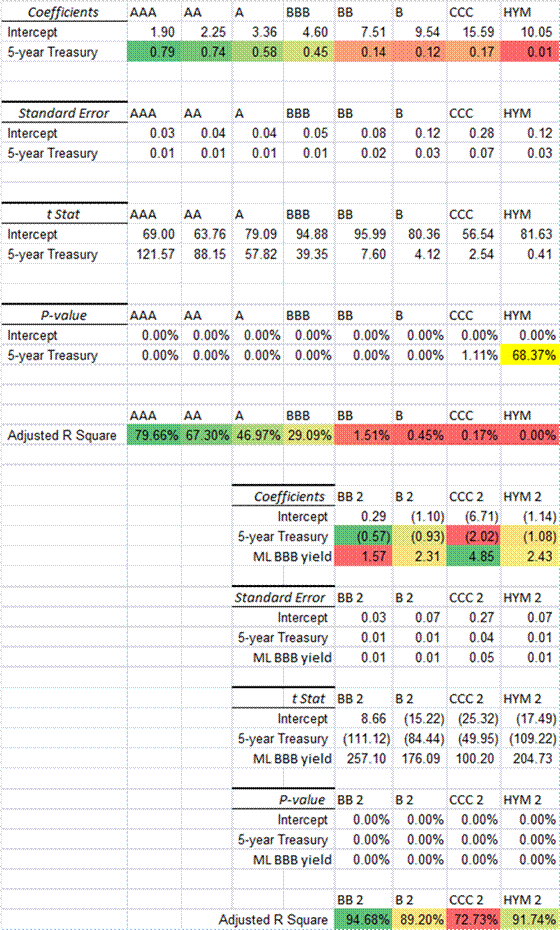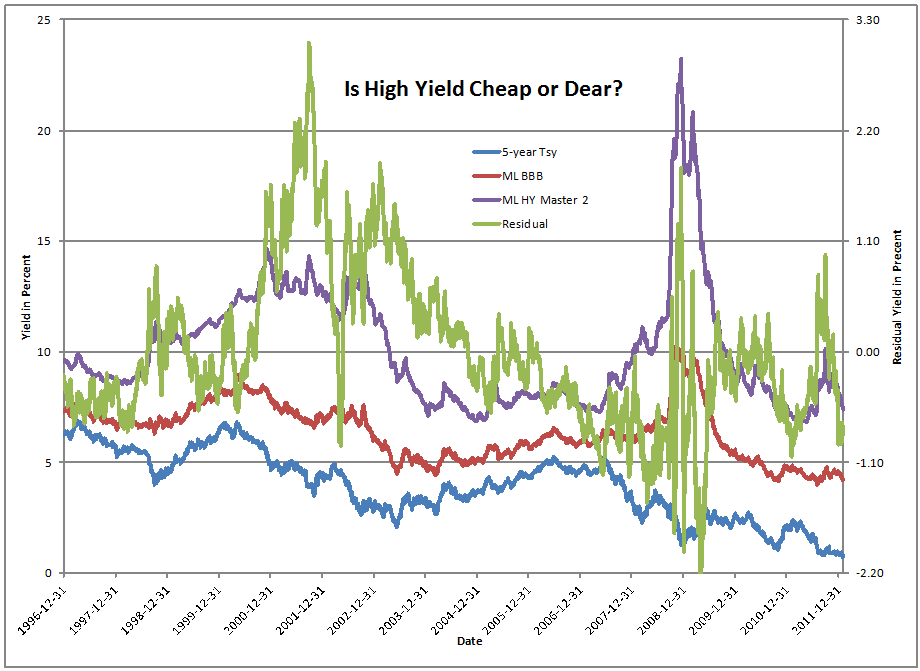There have been a lot of articles dealing with use of corporate free cash flow lately:
- Dividends — get them, are they sustainable?
- Buybacks — do they add value or not?
- Acquisitions — are they overpaying?? What are the synergies?
But you never hear about the last one — internal investment for organic growth.? There is a simple reason why — it is silent as night.? No one makes announcements on it.? If done properly, it is as quiet as a plant growing.
Dividends are simple — is there enough free capital to issue them, and do the other three priorities?? It is useful to ask how much room there is to increase the dividend, and how well the company can grow its earnings at the present rate.? Companies that pay a dividend understand that equity deserves a return, and are more careful with their capital as a result.? They often grow faster than companies that do not pay dividends.
But I never analyze a company primarily on its dividend yield.? I would rather look at the full set of the drivers of value.
Buybacks are harder because we don’t really know what the company is worth, and buybacks add value when you buy below the value of the company, and lose value when you buy above it.? In the reinsurance industry, it is understood that buybacks above 1.3x tangible book destroys value.? The threshold will be different in other industries because the value of intangibles will differ — but for industries where intangibles mean little, that 1.3x tangible book can be a useful limit.
We can do pro-forma analyses on acquisitions to see if they add value or not.? The best simple proxy is how large the acquisition is relative to the acquirer.? Small acquisitions typically add value? because they add a complementary product, a new marketing channel or region, lower costs, or raise product quality.
Large acquisitions typically lose value because acquirers overpay and integration is difficult.? One exception: negotiated sales by large private sellers.? There is no auction, and no winner’s curse.
The best acquisitions are small, but lead to an increase in organic growth.? Also, the best acquisitions are early; the worst acquisitions are imitative and late.? Typically the best deals get done first.
But much as I like managements who think that the equity deserves a return, via dividends and intelligent buybacks, the hard stuff gets done in organic growth: how are last year’s profits being increased on the existing infrastructure?? In mature industries, this is tough, which is why they typically return free cash flow to shareholders.? But when you find a company that can eke out improvements in a mature industry, finding changes that no one else does, hang onto that company, because it is driving profitable change in the industry.? (And probably taking share from others…)
The less mature the industry, the more room for organic improvement, and thus more free cash flow is dedicated to internal investment, and less to rewarding current shareholders.? In such a situation, it pays less to look at dividend yields, and more at dividend growth, adjusted for ability of growth to be sustained.
-=-=-=- begin rant mode -=-=-=-
This is why I am not crazy about simple articles that say:
- Here are the five highest yielding companies of this industry, or
- Here are the seven highest yielding investments of [famous investor, or company], or
- Here are the companies that are buying back stock rapidly, or
- Look at the combined dividend plus buyback yield of these companies…
Everyone wants to squish value investing into one simple metric and from what I have seen, it does not squish well.? That is one reason why I try to view companies off of the competitive dynamics of the industry in question, and adjust the metrics accordingly.? After all, no matter how cheap a company looks in an industry that is obsolete, like newspapers, it is rarely a good idea to buy.
Thus, I am skeptical of the many articles that are spit out by inexperienced investors that have a computer and can crank out a few simple ratios, and spew out some canned facts about a company — these articles are widespread, and not limited to writers on Seeking Alpha, or Zacks, or those that submit to Yahoo! Finance, and they have some canned and wrong way of identifying competitors.
Avoid these articles, and instead, look for some degree of qualitative reasoning — some depth that shows genuine industry knowledge, and not an ability to automate the provision of web “content.”
-=-=-=- end rant mode -=-=-=-
Maybe I should be quiet.? After all, the provision of bad advice on the web is a good thing for me.? The more people are misled, the better value investors with broader skill sets do.
But that’s not why I started writing on investments.? I was not a professional investor until I turned 39.? I read widely, and spent a lot of time reading the works of many different investors as I worked to develop a theory that encompassed most of it.? No, I don’t see how to encompass all of it… and what I can encompass is understood with some amount of error.
My view as I write is not so much to give “buy this” or “sell this” ideas so much as to get people to think differently about investing.? I recently looked at the amount of business/economics/finance/investment books that I have read over the past 25 (post-academic) years, and it would fill 3-4 bookcases.
So try to think of the companies that you own, or might own, like businesses.? Look at the dividends, and to buybacks at bargain prices, and analyze sustainability and growth prospects, but also look at opportunities for growth.? Many aspects of value can’t be encapsulated in simple ratios or rankings, but sadly, the majority of articles touting stocks will do just that, and for the most part, they are useless.
There.? I said it.? But it needs to be said.? The practical question to me is whether I should stop submitting my content to sites like Seeking Alpha, which to me have become a lot of noise, and which I wish I could get Yahoo! Finance to allow users to filter out of the news stream.
I let almost anyone republish my content, so dropping anyone would be unusual for me.? Or, should I drop all external users of my content, and allow no republishing?? If you have a strong opinion, submit it in the comments.? I’ve been a nice guy with all of this, but if you have good reasons for exclusivity, let me know, and I will consider it.
But to close I will say, look at a full range of valuation and performance metrics when buying a stock, and consider the industry dynamics to understand what matters most given the maturity of the industry.? That takes some work, but guess what?? Working intelligently and hard leads to better profits in investing.




